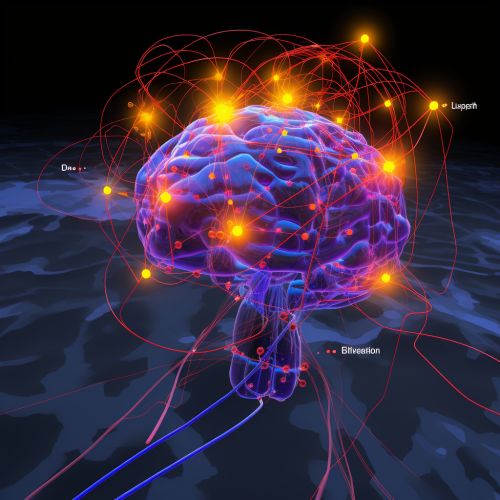Salience network
Overview
The salience network is a large-scale brain network primarily composed of the anterior insula (AI) and dorsal anterior cingulate cortex (dACC). It is one of several intrinsic networks in the human brain and plays a central role in neurocognitive functioning, particularly in regard to directing attention and switching between other large-scale networks.
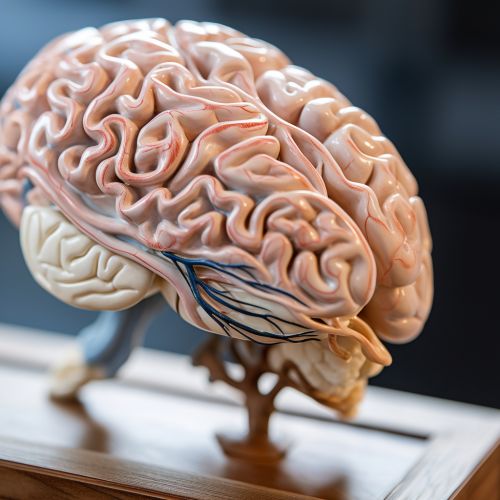
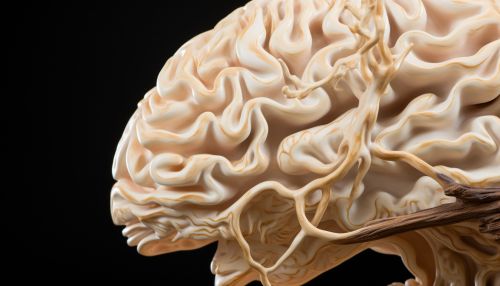
Anatomy and Function
The salience network is primarily composed of the anterior insula and dorsal anterior cingulate cortex, but also includes other subcortical and limbic structures. The AI and dACC are highly interconnected and act as a functional unit. The AI is thought to detect salient events, while the dACC is involved in initiating control signals and coordinating the brain's response.
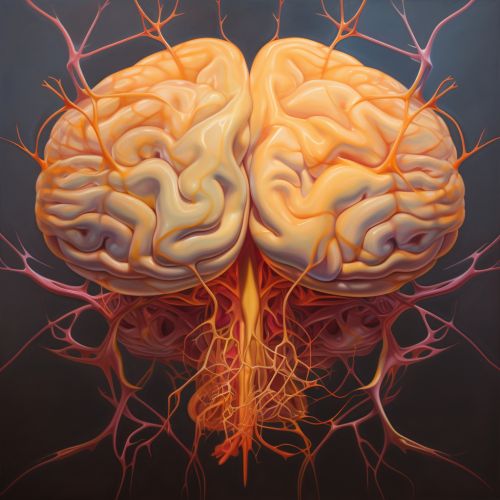
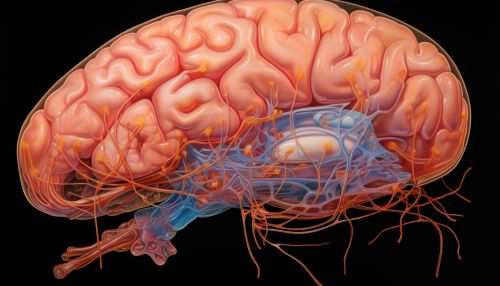
Role in Cognitive Functioning
The salience network plays a crucial role in a variety of cognitive functions, including attention, working memory, and cognitive control. It is thought to facilitate the switching between the default mode network and the central executive network, allowing for flexible and adaptive responses to changing environmental demands.
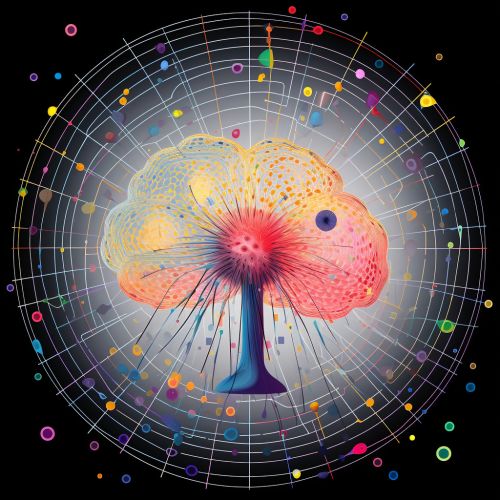

Clinical Significance
Alterations in the salience network have been implicated in a variety of neurological and psychiatric disorders, including schizophrenia, autism, Alzheimer's disease, and major depressive disorder. These alterations may manifest as changes in connectivity, activation, or morphology within the network.
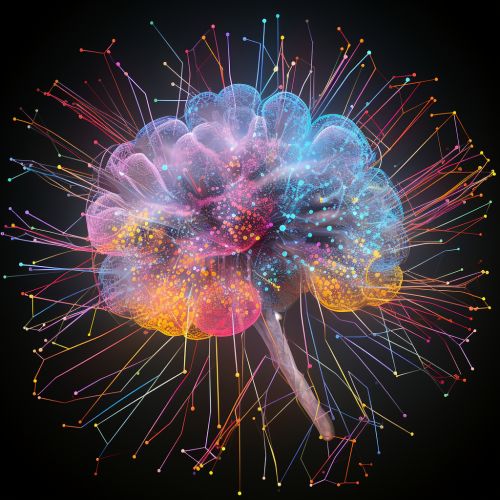
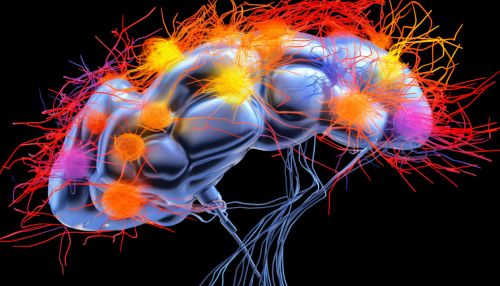
Research Methods
Research on the salience network primarily involves neuroimaging techniques such as functional magnetic resonance imaging (fMRI) and diffusion tensor imaging (DTI). These techniques allow for the visualization and quantification of the network's structure and function in both healthy individuals and those with neurological or psychiatric disorders.
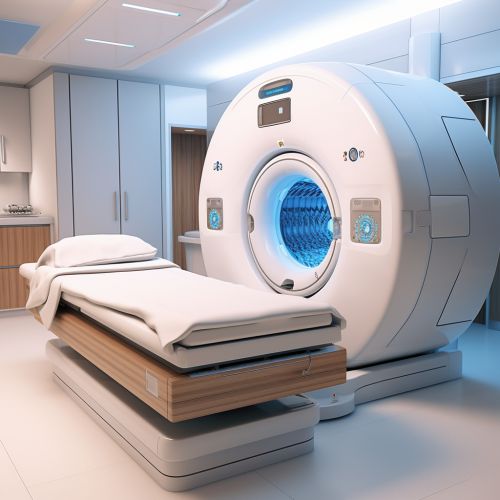
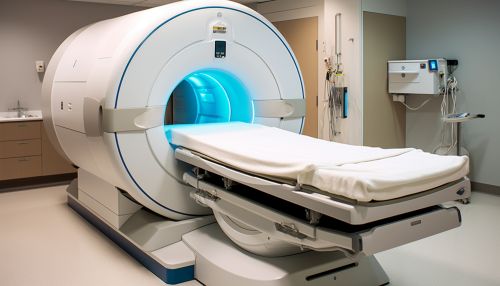
Future Directions
Future research on the salience network may involve further elucidation of its role in health and disease, as well as the development of interventions aimed at modifying its function in individuals with disorders associated with alterations in the network.
